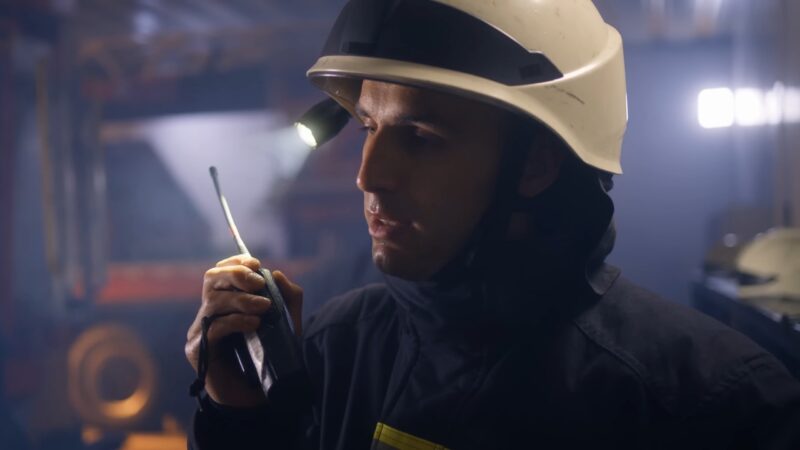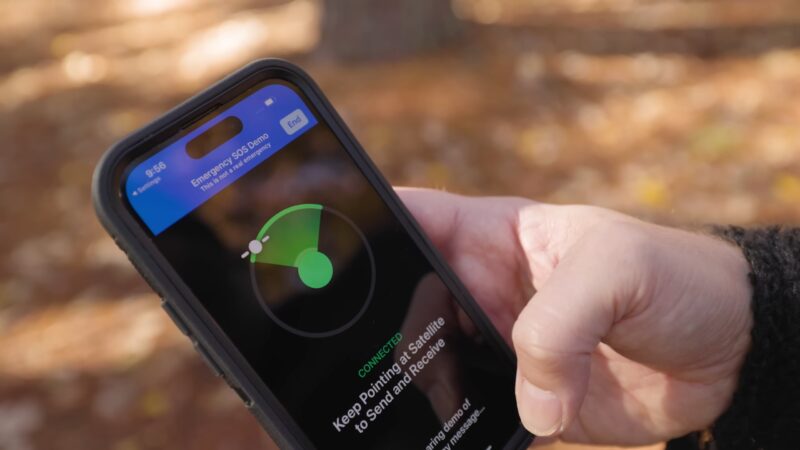Funding for Emergency Communication Systems is vital for public safety. These systems alert people about disasters, emergencies, and urgent situations. But many lack enough funding, which makes them less effective. Improving their funding is essential to ensure people get timely, accurate information during crises.
This article explores ways to get more funding, like using grants, government priorities, partnerships, and new funding models. The goal is to guide how to effectively secure and use resources for these crucial systems.
Importance of Funding for Emergency Communication

Emergency communication systems are super important for keeping people safe. They give critical information during disasters to help save lives and protect property. When these systems work well, they can make a big difference by making sure people get alerts and instructions quickly.
But keeping these systems running and upgrading them costs a lot of money. If they don’t have enough funding, they might fail when we need them the most, which could be really bad. That’s why getting reliable funding is crucial to make sure emergency communication systems are always improving and can handle any crisis.
Current Funding Challenges
The main problem is there’s not enough money to go around. Emergency communication systems have to compete with other vital services like healthcare and education for limited government funding.
Plus, the costs of maintaining and upgrading these systems are huge, covering technology, staff, training, and upkeep. Without dedicated funding, the equipment gets outdated and there aren’t enough people to run it properly. This weakens the effectiveness of emergency communication when we need it most.
Leveraging Grants for Funding
Grants are crucial for funding emergency communication systems. Federal, state, and private grants are available to support public safety, like FEMA’s Firefighters and Homeland Security grants that can improve emergency comms. Local agencies need to find these grant opportunities, know how to apply, and show the critical need for the funding.
Government Priorities and Funding
Getting funding often depends on showing how emergency communication systems fit with the government’s goals. Governments are more likely to fund things that support their priorities, like national security and public safety.
Advocates need to talk to policymakers, show data proving the importance, and participate in public safety discussions to make sure emergency comms stay a funding priority. Teaming up with other public safety groups can also strengthen the case by showing widespread support.
Public-Private Partnerships

Public-private partnerships (PPPs) are a new way to fund emergency communication systems. These partnerships combine the strengths of the public and private sectors. Private companies can provide money, tech skills, and new solutions, while public agencies offer rules, experience, and public trust.
Successful PPPs need clear agreements that benefit both sides. Examples include working with phone companies to make networks stronger and tech firms to create better alert systems.
Community Involvement and Local Funding

Getting the community involved is key to getting local funding for emergency communication systems. Raising public awareness about how important these systems are can get community support. Local governments can also create special taxes or bonds just for emergency comms.
Getting local businesses and groups to help with fundraising can bring in more money too. When the community is involved, the funding efforts better match local needs and priorities, making it more likely the systems will keep getting the money they need.
Innovative Funding Models
Funding for Emergency Communication can provide steady money. There are new ways to do it. For example, charging a subscription for advanced alert services can bring in regular revenue. Charging user fees for things like early warning systems for big events can also help fund the systems.
Crowdfunding campaigns and donations from charities are other options, especially for specific projects or upgrades. These new funding models need good planning and transparent management to work well and have public support.

